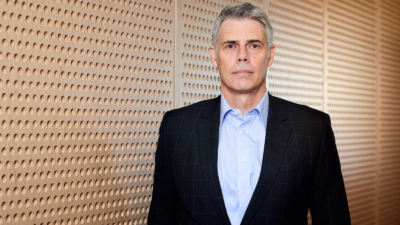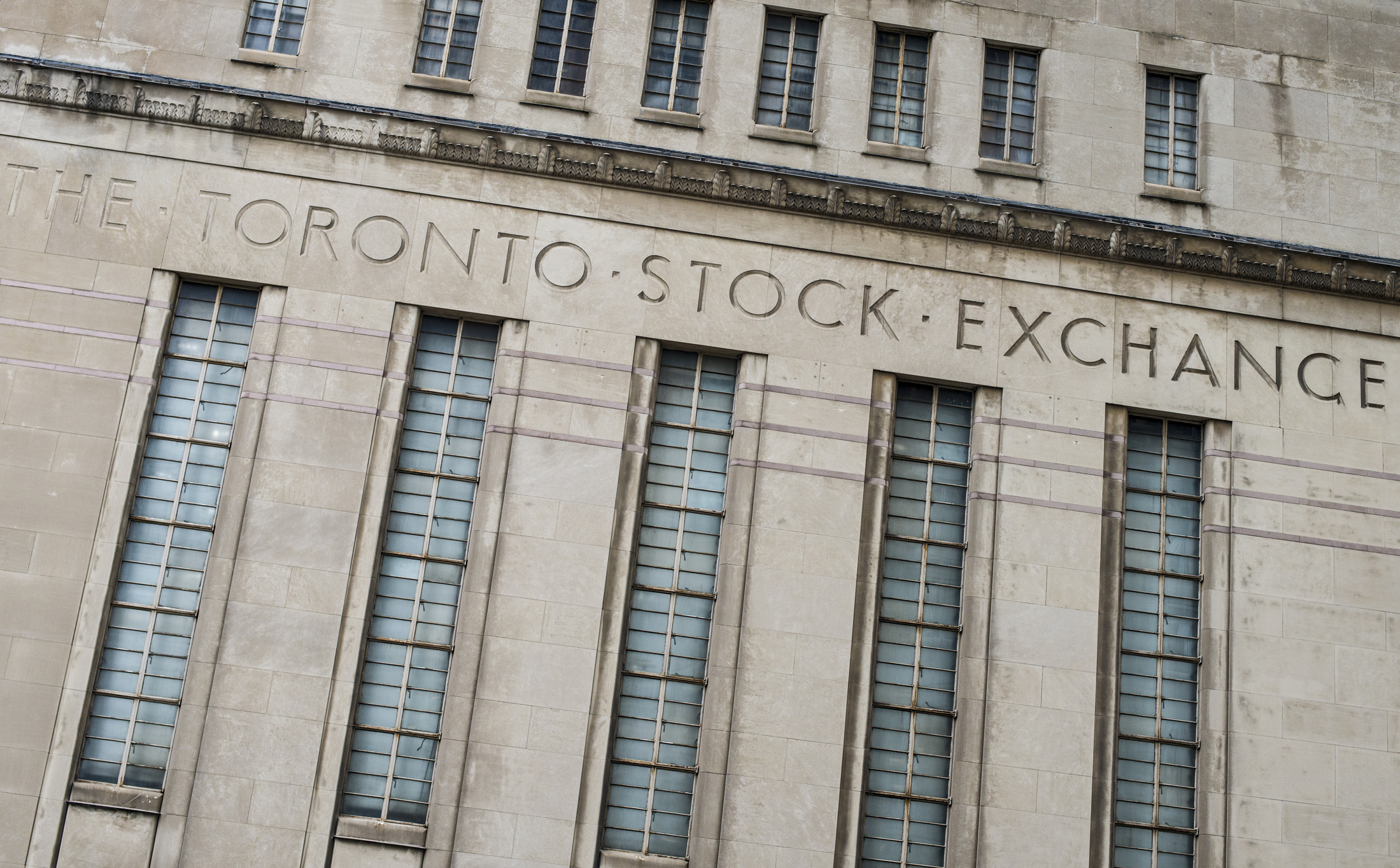-
Sort By
-
Newest
-
Newest
-
Oldest
It turns out not everybody wants flash new overseas offices. And while funds aren’t sweating the constraints of Your Future, Your Super when it comes to private markets, some assets are just better handled in the public ones – illiquidity premium be damned.
Australian Retirement Trust (ART) is getting bigger and more complex. To make sure that doesn’t turn into a big, complex problem, the fund has found itself a new head of investment resilience and is thinking hard about what’s really driving returns in a post-Covid world.
After announcing his departure from the role, Australian Retirement Trust chief Bernard Reilly tells ISN why the fund “hasn’t missed a beat” since the merger that created it and how the arrival of the megafunds heralds a new era of “co-opetition” in the super industry.
Valuations are never going to be “perfect”, but that doesn’t mean super funds shouldn’t be working harder to make them more accurate – and more intelligible to the people who really matter.
The megafund is expanding its sustainable investment team as it adopts a new climate change strategy and fields increased interest in its approach from new corners.
Australia’s second-largest super fund just got a little bit larger with a big win from the corporate fund strategy one of its predecessor funds embarked on almost six years ago.
Riding the equity market rally and significant diversification in its alternatives portfolio has delivered Australian Retirement Trust a 10 per cent return as it keeps both eyes on the end of the rate cycle.
Big funds can be cheaper and drive hard bargains in the private markets – but it’s easier to see them coming and harder for them to get money where it needs to go.
AustralianSuper’s appointment of a new deputy CIO with the lion’s share of responsibility for its overseas investments demonstrates the growing importance of international diversification for the country’s biggest funds.
Australian Retirement Trust has warned that introducing more granularity into the YFYS test might only confuse members and that funds will incur greater transaction costs as new benchmarks are added to it.














